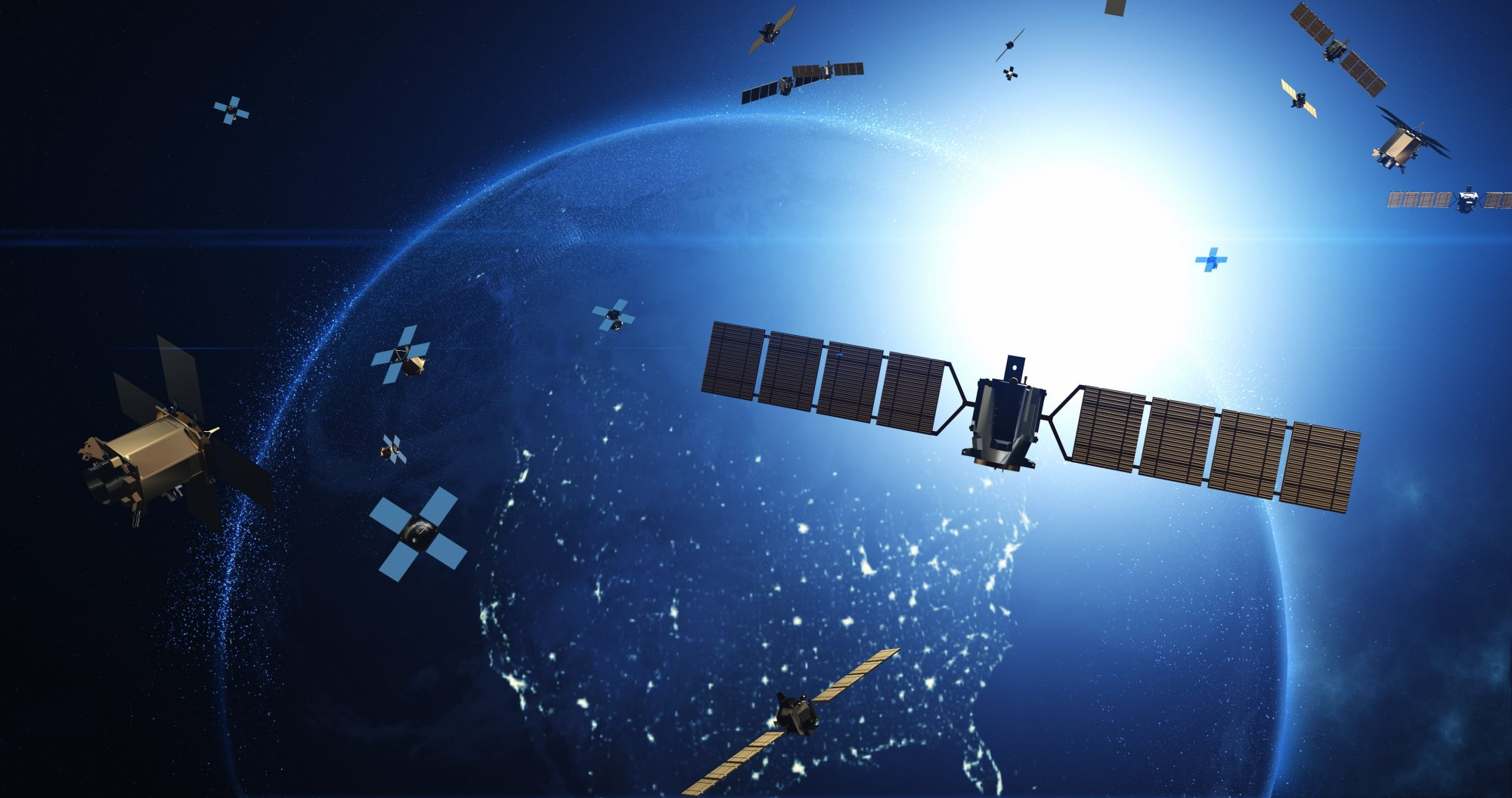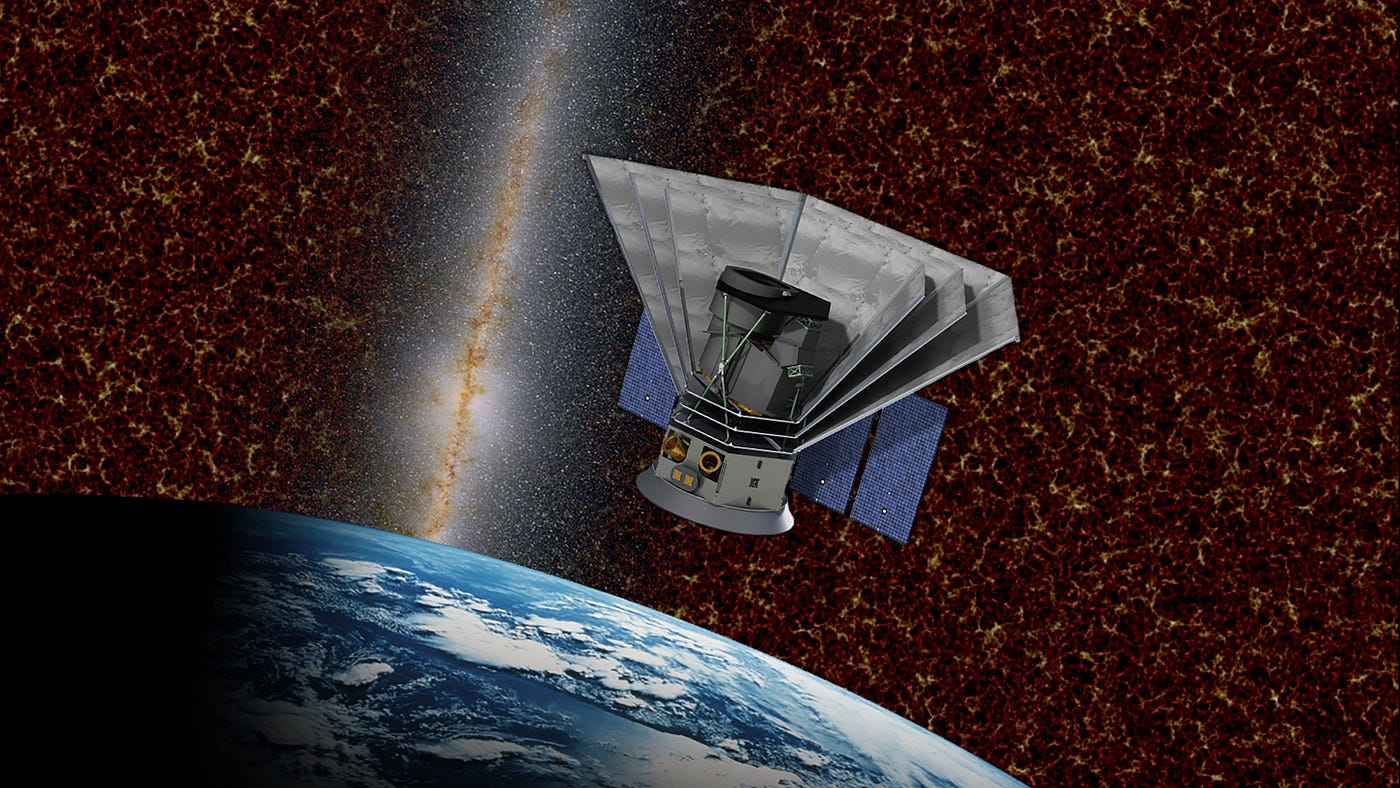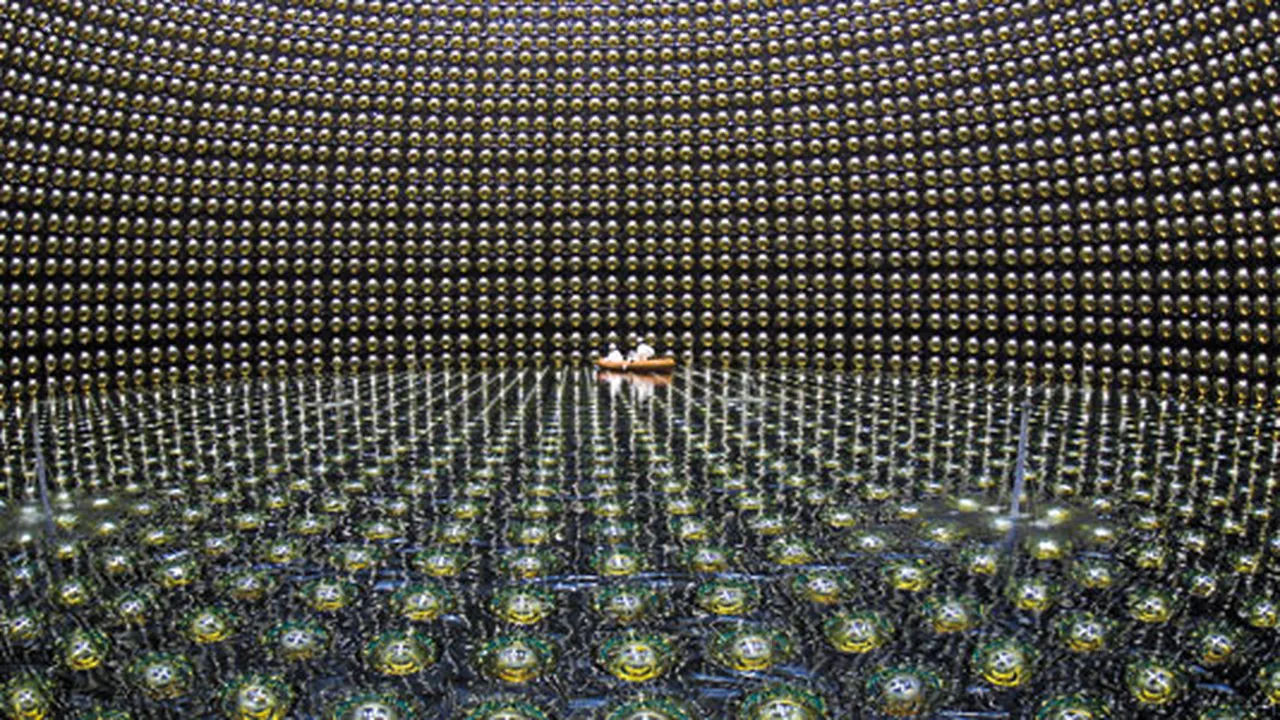In recent years, space sustainability has become a critical concern — and a newly developed bidirectional plasma thruster is emerging as a game-changer. Unlike traditional propulsion systems, this design ejects plasma in two opposite directions: one beam slows down space debris, while the other balances the reaction force, keeping the satellite stable. This breakthrough method, demonstrated in a 2025 study, delivers deceleration forces around 25 mN — a promising step toward practical, contactless removal of orbital junk.
Such innovation doesn’t just offer technical promise; it also reflects growing global commitment to cleaner orbits. Startups like Paladin Space have developed a reusable capture module, Triton, capable of collecting debris in space for in-orbit recycling. This sustainability-driven approach could radically reduce the long-term cost and risk associated with orbital cleanup, establishing a circular economy in near-Earth space.
From an expertise and trust perspective, these advances are backed by peer-reviewed research and commercial validation. The plasma thruster concept was published in Scientific Reports, while Triton has demonstrated its potential in prototype form on Earth — and is now being primed for a demonstration mission. As the number of satellites continues to swell (with more than 8,000 Starlink units alone), scaling such debris-removal technologies is not just visionary — it’s essential for the long-term viability of space operations.







